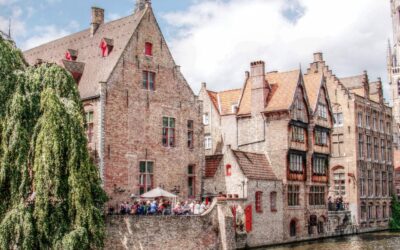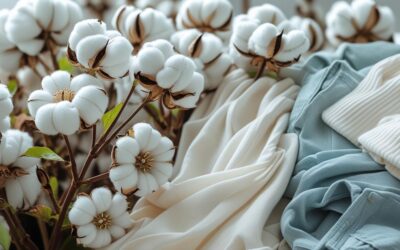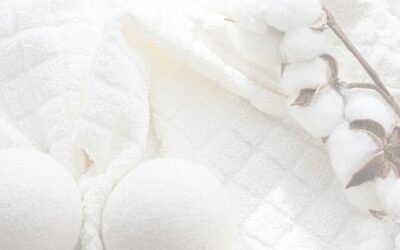Threads of Time: Versailles and the Golden Language of Silk
The loom hums in gold. A thread glints like sunlight through a velvet curtain, and history unfurls—one lavish brocade at a time.
There is a hush in the halls of Versailles that belies the thunder of revolutions and whispers of powdered wigs. Here, behind the gilded mirrors and beneath the chandeliers heavy with crystal tears, the story of French textiles shimmered into its most opulent form.
From the 17th century onward, France transformed its weaving tradition into an empire of art. And at its heart stood the Manufacture Royale des Gobelins and Lyon’s silk ateliers—royally commissioned sanctuaries where threads turned into thrones.
But it was in Versailles, where silk spoke the language of power, that the threads spun their richest tales.
Silk for the Sun King
Louis XIV—the Sun King—understood the political poetry of fabric. Under his reign, Versailles became not just a royal residence but the stage where France would outshine the world in elegance.
The silks of Lyon, woven with threads dipped in gold and dyed in deep crimson, jade, and indigo, adorned the draperies, gowns, and upholstery of Versailles. Every motif was a message. Fleur-de-lis spiraled into infinity, bouquets bloomed across canopies, and mythological scenes came alive across woven walls.
To touch this fabric was to touch statecraft.
Weavers of Light
Beneath the dazzle, we find the quiet mastery of the Canuts—the silk workers of Lyon. Mostly anonymous, often struggling, these artisans operated Jacquard looms that would change the world.
Each patterned ribbon and velvet panel they created carried centuries of knowledge, and often, the tension between royal luxury and the people’s labor.
Their stories were not gilded, but real—like the weft hidden beneath the sheen.
Golden Threads and Natural Hues
The dyes used to create these regal colors came from madder root, woad, and cochineal, mingled with gold leaf and metallic thread to bring divine shimmer. Indigo from colonial trade routes and saffron for the most sacred vestments echoed the global web of textile exchange France was part of.
Today, artisans across France are reclaiming these traditions with reverence for nature. Avignon-based dyers and Normandy’s flax weavers embrace organic methods, bringing back slow beauty in a fast world.
Soul Threads
There is a tapestry in the Versailles archives where a single gold thread spirals alone through the night sky of a woven myth. That one thread—imperceptible to most—took longer to place than the rest of the background combined.
And that’s the spirit of France’s textile legacy: a devotion to detail, a reverence for the unseen, and the belief that art lies not just in grandeur, but in the gentleness of making.
Reflections from the Atelier
From Galia’s journal:
“I touched a remnant of silk brocade from the 1700s today—frayed at the edge, but still gleaming. It smelled of old wood and stories. I wonder who once danced in its embrace? What dreams did she spin with her fan and fanfare? France reminds me that even the most extravagant things can come from earth, hand, and patience.”
To Weave Like Versailles
As we turn the golden page on France and step toward the next land, let’s carry this lesson with us: that there is dignity in detail, and that luxury born from the earth and hand is not excess—but reverence.
Browse Our Favorite Finds
Threads of Time: Woven Epics of Flanders
Threads of Time: A Journey Through World Folk...
Fast Fashion vs. Slow Fashion: Why It’s Time to Rethink Our Wardrobes
There are shirts in our closets that have never...
Cotton, Linen & Wool: Why These Fabrics Have Lasted for Centuries
Written in the romantic, breezy spirit of Pure...


